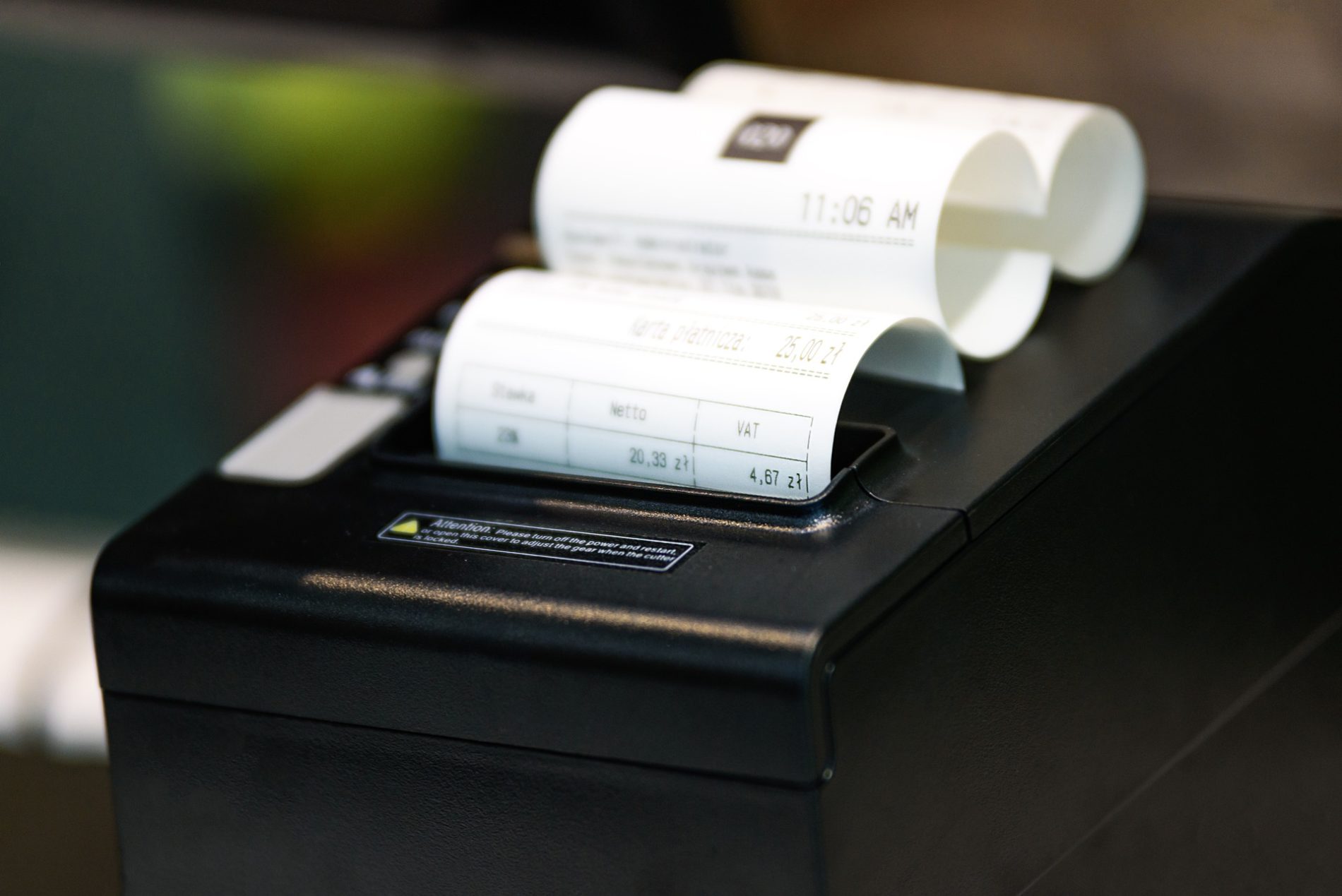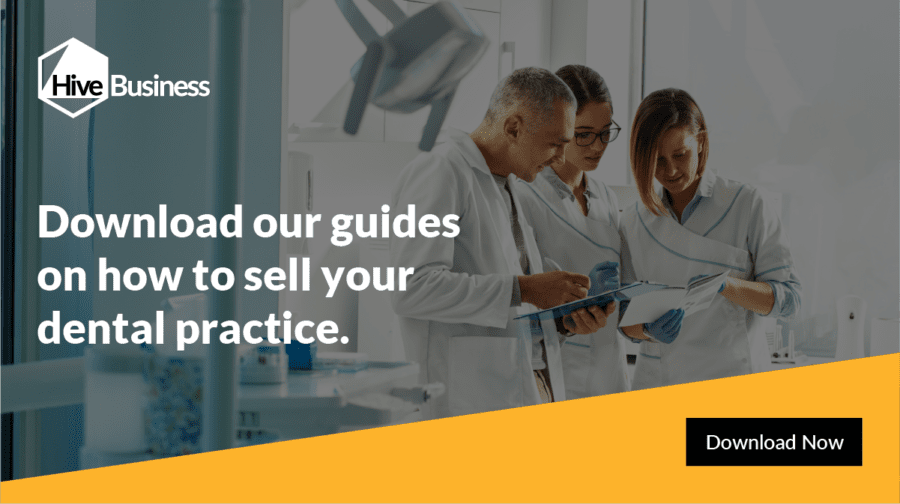Recently, I made a list of the codes we use in bookkeeping for some of our clients and I thought providing an explanation may be useful.
These codes are used on the financial statements that are sent out to our clients and they are listed in a specific way.
The Profit and Loss (P&L) account shows profit (or loss):
Sales less Costs or Expenses = profit
So that you can do the calculation, it is much easier if you have all the sales together to make a total and then all the expenses together to make a total and then a simple sum: Sales – Expenses = Profit
Therefore, all the types of sales you have will have similar codes. There are many different names for ‘Sales’ depending on the industry you are in. It also depends on how much detail you need about your Sales.
In dentistry, the following can be used:
- Income
- Turnover
- Sales
- Private Fees
- NHS Fees
- Plan Fees
These would have similar codes so they can be listed together (you will not need all of these).
Then all the costs can be grouped together. There are various kinds of costs. The important ones are those directly related to the work the business does e.g. dentistry – associate fees, hygienist/ therapist fees, materials/purchases and laboratory fees. As for the Sales, these would have similar codes.
Following this, there are all the expenses that keep the business running, also known as overheads. For example lights, accountancy fees, repairs, rent, rates, cleaning, sundries, Admin wages etc all with similar codes to help identify them.
The Balance Sheet shows a snapshot of the business’s assets and liabilities at a point in time
As with the P&L, account items are listed in groups for ease of calculation and analysis.
Assets are usually listed at the top with similar codes. These are divided into Fixed Assets and Current Assets. The Fixed Assets can be further broken down into physical assets you can see such as your dentist chair and other big equipment or the office furniture in reception. You may have intangible assets that you cannot see but are still important to your business, an example of this is Goodwill (i.e. the value of your patient list).
Current Assets are assets that can easily be converted to cash if you need it. Usually this is your Debtors (patients who owe you money), your bank account if it has a positive balance and cash belonging to the business.
Below this are your business’s liabilities such as loans and creditors – what you owe your suppliers in the short term.
Finally, the Capital section. This is the worth of the company; share capital and retained earnings (accumulated profits not drawn from the business).
Please let us know if you need guidance when coding your bookkeeping. We are always happy to help.









